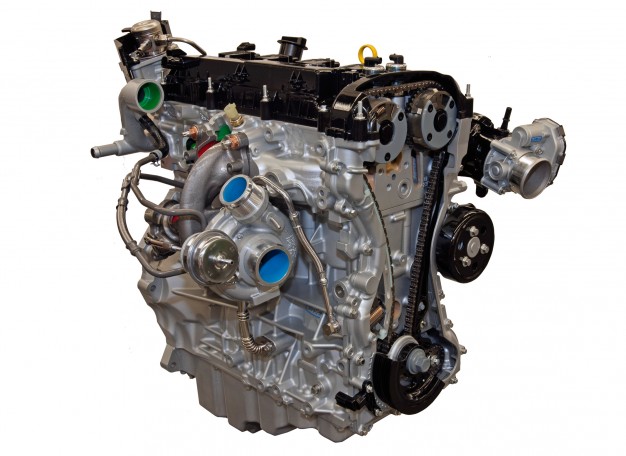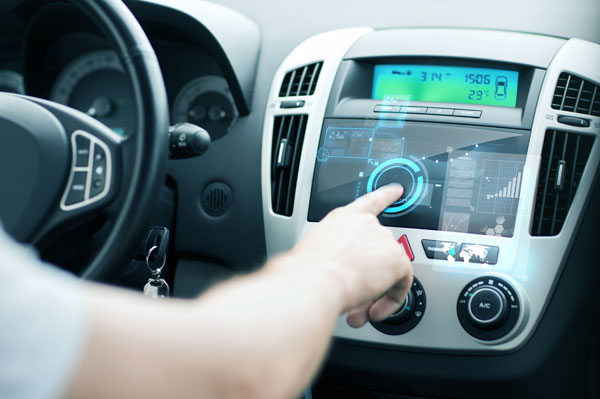Oil problems, debris, overspeeding, wear and tear…there are a number of different things that can cause a turbocharger to fail, but catching a problem early can save you a lot of time, money and hassle in the long run.
At AET, we’ve been turbo reconditioning since 1974, and in this post, we explore some of the tell tale signs that your turbo might be on the way out, or in need of urgent repairs/maintenance by one of our turbocharging experts.
Sluggish performance
One of the key indicators that something isn’t quite right with your turbo is a reduction in your vehicle’s performance.
You may notice that it no longer accelerates as quickly as it once did, or fails to reach the top speed it should. In addition, you may notice that the turbo no longer kicks in and provides a power boost at around 1000-1500 rpm.
The check engine light
The check engine or engine warning lights appearing on your vehicle dashboard is never good news, and can denote a huge number of different engine faults, including turbocharger failure.
Never ignore your engine warning lights – have a competent mechanic examine your engine to diagnose the fault properly, as soon as you can, as leaving it will only cause further damage to your engine.
Whining noises
Sometimes, you can hear when a turbo is failing – listen out for a distinctive noise when your turbo kicks in at around 1000-1500 rpm. Typically this sounds like a dentists drill, or like a siren, and is a sign that your compressor wheel might be damaged.
Any changes in the sound your engine makes when in use are a cause for concern, and worthy of immediate further investigation.
Smoking exhaust
Blue/grey exhaust smoke is typically caused by engine oil leaking into the exhaust system, and this can indicate a number of different common turbocharger faults.
These include the wasting away/breaking of internal seals, or cracks in the turbine housing.
Usually, you’ll be able to notice the blue smoke becoming more apparent when your engine reaches higher rpm after being idle, and the engine becomes hot enough to burn off the oil.
The boost gauge
If your vehicle came fitted with a boost gauge (which lets you know how much boost your turbo is producing), or you’ve had an aftermarket one installed, then this will be a good indicator of how well your turbo is working.
If the boost number drops, then it’s evidence that the efficiency and output of your turbo is compromised, which could be caused by any number of different turbocharger faults.
Whatever the cause, it’s best to do some further investigation, and have it examined as a priority.
How AET can help
With over 40 years experience working on turbochargers for a full range of different passenger and commercial vehicles, we provide professional, high quality and competitively priced repairs and replacements.
If you notice any of the warning signs above, then get in touch with a friendly member of our expert team today on 01924894171, or email [email protected].



